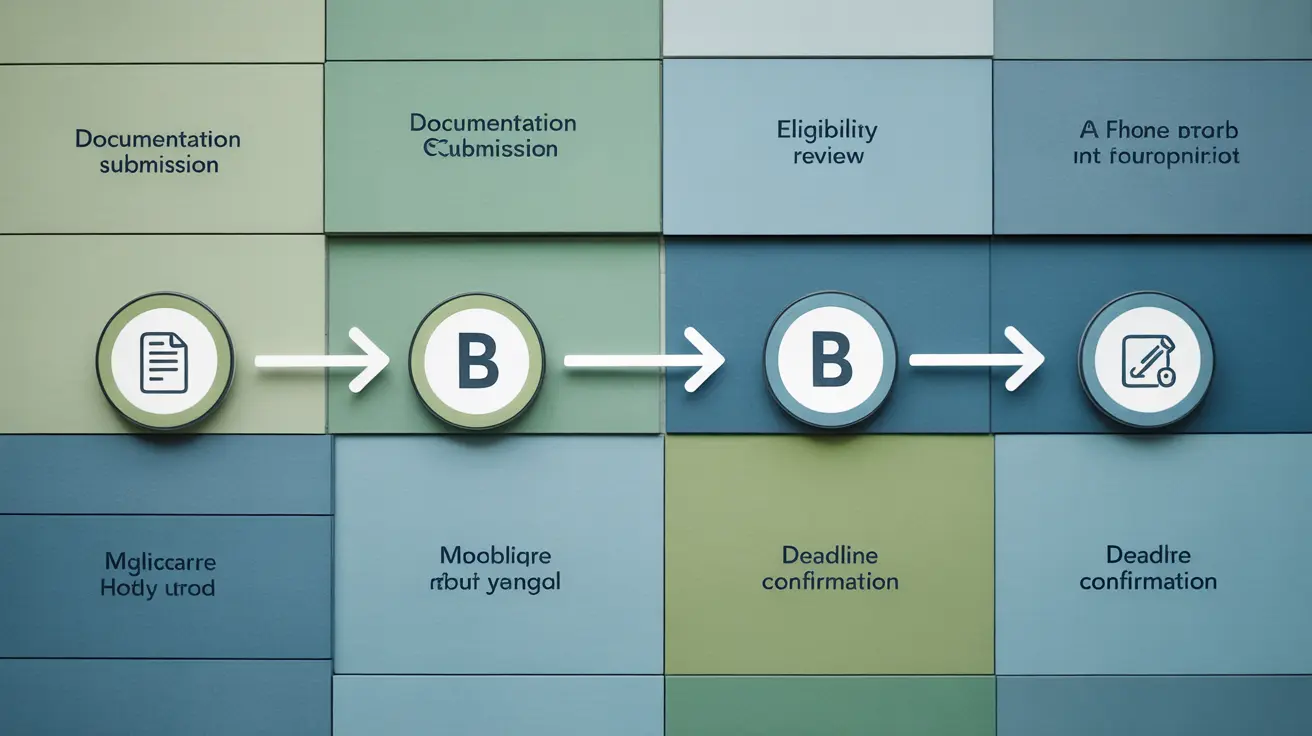Understanding when and how to defer Medicare Part B can save you from unnecessary premium payments while ensuring you maintain adequate health coverage. If you're still working and covered by your employer's health insurance, or if you're covered under your spouse's plan, you may be eligible to postpone Medicare Part B enrollment without facing late enrollment penalties.
This comprehensive guide will walk you through the process of deferring Medicare Part B, including eligibility requirements, necessary documentation, and important deadlines to help you make informed decisions about your healthcare coverage.
Understanding Medicare Part B Deferral Eligibility
To qualify for Medicare Part B deferral without penalties, you must meet specific criteria established by the Centers for Medicare & Medicaid Services (CMS):
- Active employment status (yours or your spouse's)
- Coverage under a qualifying group health plan through current employment
- Employer has 20 or more employees
- The employer-provided coverage meets Medicare's creditable coverage standards
It's crucial to verify that your current health insurance qualifies as creditable coverage before deciding to defer Medicare Part B. This ensures you won't face penalties when you eventually enroll.
Steps to Defer Medicare Part B Coverage
If you're eligible to defer Medicare Part B, follow these essential steps:
- Verify your employer coverage meets Medicare's requirements
- Decline Part B enrollment when initially eligible for Medicare
- Obtain documentation from your employer confirming active health coverage
- Keep records of your continuous health coverage for future enrollment
Documentation Requirements for Future Enrollment
When you're ready to enroll in Medicare Part B after deferring, you'll need specific documentation to avoid penalties:
- Form CMS-L564 (Request for Employment Information)
- Form CMS-40B (Application for Enrollment in Medicare Part B)
- Proof of continuous qualifying health coverage
- Employment verification letters
Understanding Special Enrollment Periods
After deferring Medicare Part B, you'll qualify for a Special Enrollment Period (SEP) when you lose your employer coverage or stop working. This SEP allows you to:
- Enroll while still covered by the employer plan
- Enroll up to 8 months after employment ends or coverage terminates
- Avoid late enrollment penalties
- Begin coverage without waiting for the General Enrollment Period
Late Enrollment Penalties and Consequences
If you don't qualify for deferral or miss your Special Enrollment Period, you may face significant penalties:
- A 10% premium increase for each 12-month period you delayed enrollment
- Permanent premium penalties that continue throughout your Medicare coverage
- Limited enrollment opportunities through the General Enrollment Period
- Potential gaps in health coverage
Frequently Asked Questions
Who can defer Medicare Part B without penalty, and what are the requirements for eligibility?
You can defer Medicare Part B without penalty if you have qualifying health insurance through active employment (yours or your spouse's) with an employer that has 20 or more employees. The coverage must meet Medicare's creditable coverage standards.
How do I defer Medicare Part B if I have health coverage through my employer or spouse's employer?
To defer Part B, simply decline Part B enrollment when you first become eligible for Medicare. Ensure you have documentation from your employer confirming your active health coverage for future reference.
What documents do I need to enroll in Medicare Part B after deferring, and how do I prove I had qualifying employer coverage?
You'll need Form CMS-L564 (completed by your employer), Form CMS-40B, and proof of continuous qualifying health coverage. Your employer should provide documentation verifying your coverage dates and employment status.
What are the penalties for late enrollment in Medicare Part B if I delay signing up and don't qualify for a Special Enrollment Period?
If you don't qualify for an SEP, you'll face a 10% premium increase for each 12-month period you delayed enrollment. These penalties are permanent and continue throughout your Medicare coverage.
When and how do I sign up for Medicare Part B after I lose employer-based health coverage, and how do I avoid penalties?
Sign up during your Special Enrollment Period, which lasts while you're still covered by the employer plan or up to 8 months after employment or coverage ends. Submit the required forms and documentation to your local Social Security office to avoid penalties.




